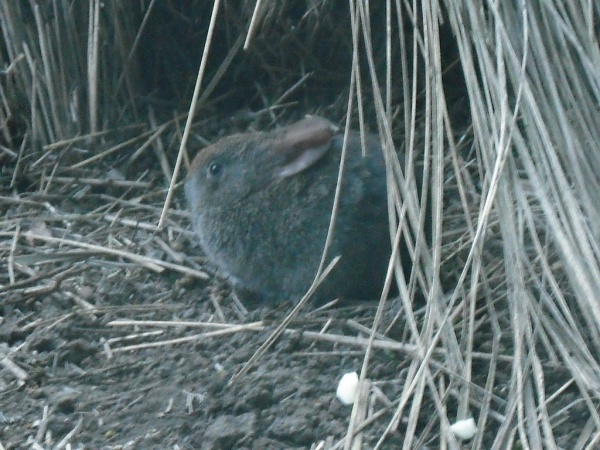Facts About Volcano Rabbit, Zacatuche
The volcano rabbit, known locally as teporingo or zacatuche, is a diminutive rabbit indigenous to the high-altitude mountains of Mexico. As the second-smallest rabbit species in the world, it weighs merely 390 to 600 grams and has a lifespan of approximately 7 to 9 years. These endearing creatures typically live in small groups of 2 to 5, inhabiting burrows and runways nestled among grass tussocks. They communicate with each other through high-pitched sounds and are most active during twilight and dawn.
Currently, the population of volcano rabbits stands at about 1,200 individuals, dispersed across 150 to 200 colonies. They have short, dense fur that ranges from brown to black, and their diet primarily consists of grasses. Their habitat is fragmented into 16 distinct patches, characterized by native grasslands and pine forests. Regrettably, human activities such as highway construction and afforestation have significantly degraded their living environments. Additionally, climate change and other anthropogenic disturbances pose serious threats to their survival.
To aid in the preservation of these rabbits, conservation efforts include habitat management, hunting bans, and captive breeding programs. Despite these initiatives, the volcano rabbit still faces numerous challenges, such as habitat loss, competition from other rabbit species, and reduced genetic diversity in captivity. It is imperative to enforce protection laws, manage habitats effectively, and raise public awareness to ensure the survival of this endangered species.

 Belize
Belize